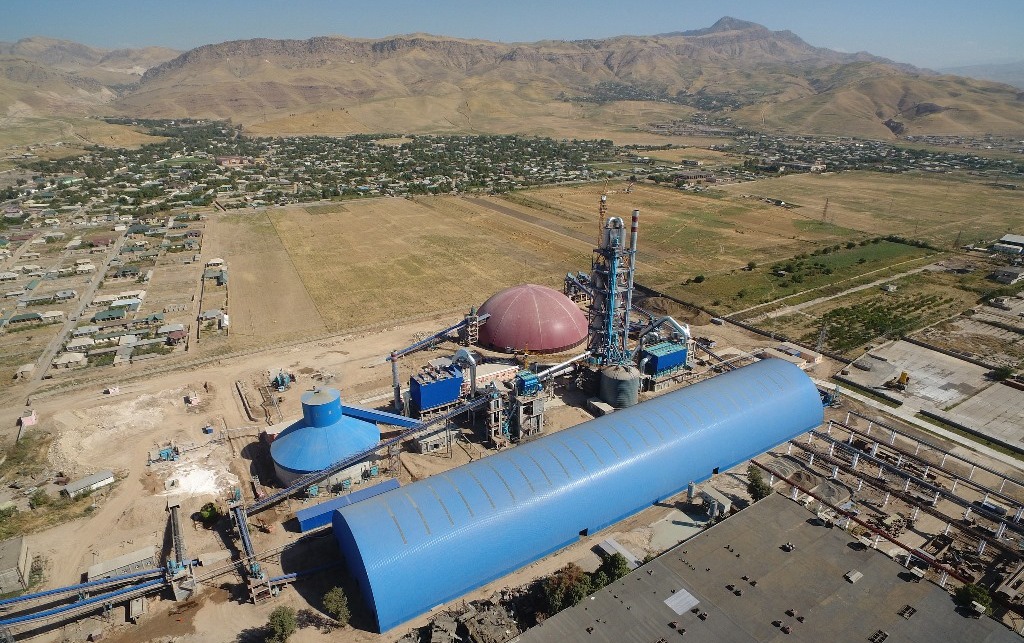Deputies of Tajikistan’s lower house (Majlisi Namoyandagon) of parliament have unanimously voted for ratification of an investment agreement on construction of a cement plant with annual capacity of 600,000 tons in Jaloliddini Balkhi district of Khatlon province.
A regular sitting of the Majlisi Namoyandagon, presided over by its head, Shukurjon Zuhurov, was held on June 24.
Presenting the agreement to lawmakers, the head of the State Committee on Investment and State-owned Property Management (GosKomInvest), Farrukh Hamralizoda, said the estimated budget for construction of the plant is 300 million somoni.
In accordance with the agreement signed between the Government of Tajikistan and Mohir Cement LTD, investor is exempted from paying income tax and social tax for foreign persons – nonresidents.
The equipment, transport vehicles and materials delivered by the investor into the country are exempted from payment of customs duties and the value added tax (VAT).
Mohir Cement LTD now jointly with Chinese investors is engaged in production of cement in Yovon district (Khatlon province). The joint venture Chzhungtsai Mohir Cement with annual capacity of 1.2 million tons was introduced into operation in 2016.
Tajikistan now has 18 cement plants with a total production capacity of about 5Mt/yr, with Huaxin Gayur Cement, Chzhungtsai Mohir Cement and Huaxin Gayur Sughd Cement accounting for approximately 80 per cent of the overall volume of cement output.
Tajikistan has increased production of cement significantly in recent years due to launching new Tajik-Chinese joint ventures. Over the last eight years, production of cement has increased in Tajikistan nearly ten times.
Meanwhile, such achievements of Tajikistan’s industry evoke concern of ecologists, who consider that excessive increase in cement production may cause irreparable harm to the country’s environment.
According to them, more polluting plants in China are forced to shut down or pay the costs of environmental damage in the wake of new laws and a crackdown on pollution. Cement is one of the world’s most polluting industries, and therefore, Chinese producers have moved excess capacity offshore. The Chinese cement plants mainly use coal for their fuel. The companies reportedly claim that their plants are using advanced environmental and energy saving technology, without specifying exact standards.




